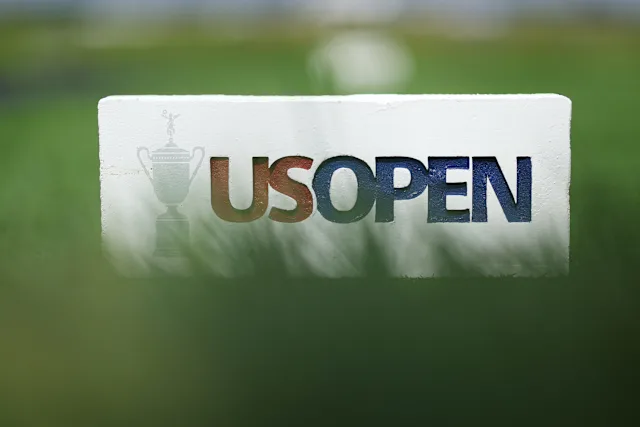OAKMONT, Pa. – The U.S. Open golf championship is infamous for its brutal course conditions, and Oakmont is once again living up to that reputation. Known for its towering rough, the iconic course is showcasing a thick, 5-inch mix of Kentucky bluegrass, rye, and poa annua—carefully maintained to stand tall and consume errant golf balls with ease.
But according to players on site, it feels even worse.
“Try 9 inches,” joked one competitor. That wasn’t far from reality for Auburn junior Jackson Koivun, newly crowned No. 1 in the World Amateur Golf Ranking, who already lost a ball in Oakmont’s rough on the 10th hole Monday. He’s far from alone—Bryson DeChambeau and Preston Summerhays also watched tee shots vanish off the 14th fairway.

“This is the worst rough that I’ve seen,” said Koivun’s caddie, Chris Williams, a former top-ranked amateur and now an assistant coach.
The vicious rough is thriving thanks to record May rainfall in Allegheny County. And with wider fairways after Gil Hanse’s renovation, the USGA has ramped up the difficulty by eliminating the graduated rough used in past championships. Today, it’s all or nothing—hit the fairway or brace for battle.
Dozens of synchronized mowers roam the grounds not to cut, but to “fluff” the rough into maximum menace. “We needed rough like this,” said John Bodenhamer, the USGA’s chief championships officer. “We think it’s right for these driving corridors.”
With such thick lies, the burden on ball spotters—up to six per hole—is immense. Add in a dozen marshals per hole, and it’s clear the U.S. Open golf setup demands more eyes than ever.
“This is like watching ketchup come out of a Heinz bottle,” quipped one marshal, as tee shots rained down on the 17th during Wednesday’s practice round.
Dedicated spotters, 330 strong, began work Thursday. “You hit it off the fairway, and you’re searching for minutes,” said Rory McIlroy. Ben An added: “An 18-handicapper wouldn’t even finish a round without help.”
Even 13-handicaps struggle. One player, after losing four balls in less than two holes at Oakmont, simply walked off the course. He’ll now be working as a spotter on the 18th.
One Sunday volunteer put it best: “Imagine the leader misses one right—and we can’t find it.”
That nightmare has precedent. In 2003 at Royal St. George’s, Tiger Woods lost a ball on his first hole and never recovered in the tournament, finishing two shots behind.
Bodenhamer reassured that the USGA is prepared: “We’ve got plenty of spotters. No guarantees, but we’re doing everything possible to avoid lost balls.”
Of course, finding a ball doesn’t mean salvaging par. Many lies will require lob wedges and blind hacks, often without even seeing the ball. Oakmont’s rough, once again, is proving to be a championship-deciding factor.
As Collin Morikawa put it: “It’s not wispy rough—it grabs. You’ve got to be steep, and that makes it harder.”
Added McIlroy: “The player with the most patience and best attitude will win this week.”
Being lucky won’t hurt, either.



